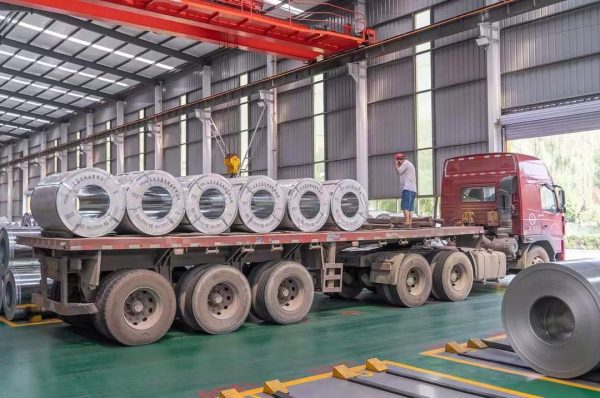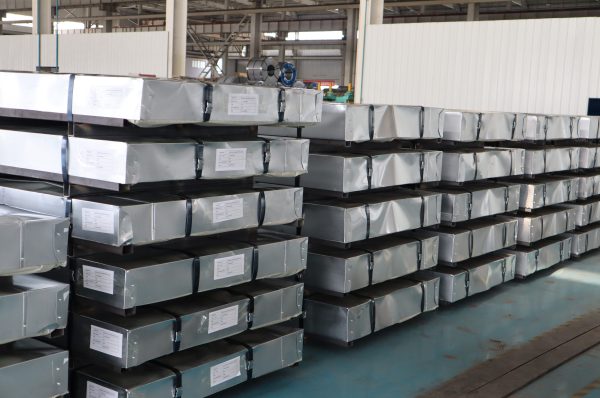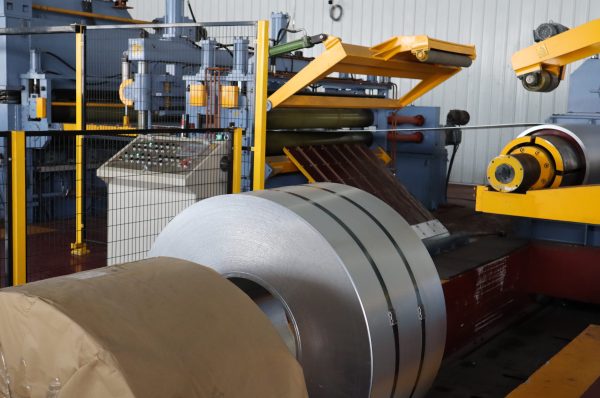The noun steel comes from the Proto-Germanic adjective stahlij or stakhlijan “of steel”, which is related to stahlaz or stahlij “strong”.
The carbon content of plain carbon steel ranges from 0.002 to 2.14 % by weight. Too little carbon makes (pure) iron quite soft, malleable and weak. Carbon contents higher than those of steel produce a brittle alloy, commonly known as pig iron. Alloyed steel is steel to which other alloying elements have been deliberately added to modify the properties of the steel. Common alloys include: Manganese, Nickel, Chrome, Molybdenum, Boron, Titanium, Vanadium, Tungsten, Cobalt and Niobium. Other elements, usually considered undesirable, are also important in steel: phosphorus, sulphur, silicon and traces of oxygen, nitrogen and copper.
Plain carbon-iron alloys with more than 2.1% carbon are known as cast iron. Modern steelmaking techniques such as powder metal forming make it possible to produce very high carbon steels (and other alloying materials), but these are not common. Cast iron is not malleable even when hot, but it can be formed by casting because it has a lower melting point than steel and good castability[5] Certain compositions of cast iron, while retaining the economies of melting and casting, can be heat treated after casting to produce malleable or ductile iron objects. Steel is distinguished from wrought iron (now largely obsolete), which may contain a small amount of carbon but large amounts of slag.




